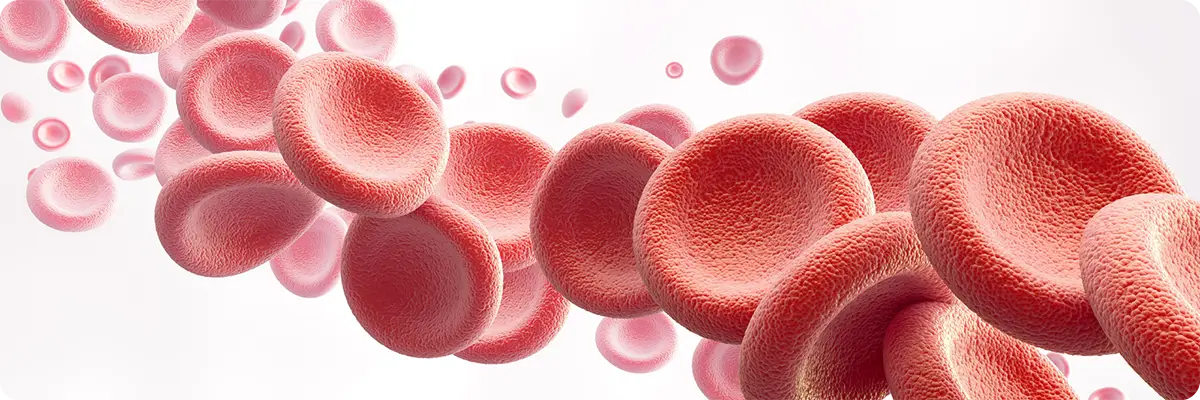Solutions
keyboard_arrow_downServices
keyboard_arrow_downSupport & Resources
keyboard_arrow_downCompany
keyboard_arrow_downContact
Key Benefits of the Randox CK-NAC reagent
Exceptional correlation with standard methods
The Randox methodology was compared against other commercially available methods and the Randox CK-NAC assay showed a correlation coefficient of r=0.99
Excellent stability
Stable until expiry date when stored at +2 to +8°C
Other features of the Randox CK-NAC reagent
- UV DGKC method
- Available as liquid and lyophilised reagents
- Stable until expiry date when stored at +2 to +8°C
Ordering information
| Cat No | Size | |
|---|---|---|
| CK3812 | R1a 2 x 70ml R1b 4 x 20ml R2 4 x 6ml | Enquire Kit Inserts RequestsView MSDSBuy Online |
| CK3892 | R1 4 x 16.5ml (L) R2 4 x 6.2ml (IFCC) | Enquire Kit Inserts RequestsView MSDSBuy Online |
| CK8313 | R1a 2 x 70ml (L) R1b 4 x 20ml R2 4 x 7ml | Enquire Kit Inserts RequestsView MSDSBuy Online |
(L) Indicates liquid option
Instrument Specific Applications (ISA's) are available for a wide range of biochemistry analysers. Contact us to enquire about your specific analyser.
What is the CK-NAC assay used for?
What is CK-NAC?
The small amount of Creatine Kinase (CK) present in the blood primarily comes from skeletal muscle. CK is also found in striated muscle, brain and heart tissues. The CK concentration levels in the blood increase as a result of damage to bodily muscle or interferences with the muscle energy production such as myositis, which is inflammation of the muscles.
What is the CK-NAC assay used for?
The Randox CK-NAC reagent is used for the measurement of CK in serum or plasma to assess the extent of muscle damage and to monitor treatment.
The determination of CK-NAC activity in plasma or serum provides a sensitive marker for the detection of skeletal muscle disease; and is also useful to assess the extent of severe muscle trauma, crush injuries, burns or electrocution, and the likelihood of developing rhabdomyolysis. For more information on the spectrum of rhabdomyolysis, please click here.
The determination of CK using creatine phosphate and adenosine-5'-diphosphate (ADP) as substrates rather than creatine and adenosine-5'-triphosphate (ATP) has several advantages in test performance as it allows for a faster reaction rate resulting in greater sensitivity. Small sample volumes are used and sample blanks are not required.
The UV method used is an optimised standard method according to the recommendations of the Deutsche Gesellschaft für Klinische Chemie.
Publications
Clinical Chemistry Panel
For more information or to visit more reagents within the clinical chemistry panel, please click here
Veterinary Panel
For more information or to visit more reagents within the veterinary panel, please click here
Get in touch to discover more
To find out more about CK-NAC and other diagnostic reagents, enquire now.



